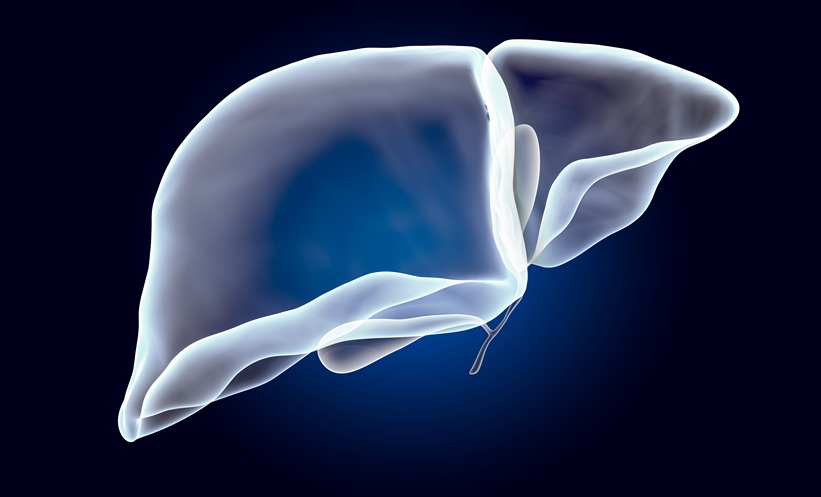ADVANCED chronic liver disease (ACLD) encompasses patients with liver disease who may already have cirrhosis. It progresses through two main stages: compensated ACLD (cACLD), which has an excellent prognosis, and decompensated ACLD (dACLD), marked by complications such as ascites, variceal bleeding, and hepatic encephalopathy, which significantly increase mortality. Preventing the transition from cACLD to dACLD is crucial to improving patient outcomes and reducing healthcare burdens.
Portal hypertension is the key driver of decompensation, and a portal pressure of ≥10 mmHg defines clinically significant portal hypertension (CSPH), which significantly raises the risk of decompensating events. Identifying and managing CSPH effectively in patients with cACLD is therefore a priority in liver disease treatment. Recent research has led to innovative strategies aimed at preventing decompensation, including the use of noninvasive tests (NITs), aetiological therapies, and pharmacological interventions.
NITs, such as liver stiffness measurements via transient elastography combined with platelet counts, have emerged as valuable tools in detecting CSPH with reasonable accuracy. This allows clinicians to stratify patients according to risk and implement targeted preventive measures before complications arise. Early initiation of aetiological therapies has also been shown to prevent disease progression and, in some cases, even lead to regression of cirrhosis. Effective management of underlying causes, such as viral hepatitis or alcohol-related liver disease, is essential in this approach.
Non-selective β-blockers (NSBBs) have demonstrated significant potential in preventing decompensation in patients with cACLD and CSPH. These drugs, particularly carvedilol, reduce portal pressure, thereby lowering the risk of ascites, the most frequent decompensating event. Carvedilol has proven superior to traditional NSBBs in decreasing portal pressure, is better tolerated, and has been associated with improved survival rates.
While these advancements represent promising steps towards better management of ACLD, challenges remain in implementing them effectively. Further studies and real-world data are needed to refine patient selection criteria and optimise treatment strategies. By integrating these innovative approaches, the progression from cACLD to dACLD may be significantly delayed, improving both prognosis and quality of life for patients.
Reference
Villanueva C, Tripathi D, Bosch J. Preventing the progression of cirrhosis to decompensation and death. Nat Rev Gastroenterol Hepatol. Published online January 27, 2025. doi:10.1038/s41575-024-01031-x








